13 spectacular meteor showers that you won't want to miss
The Quadrantids

The Lyrids
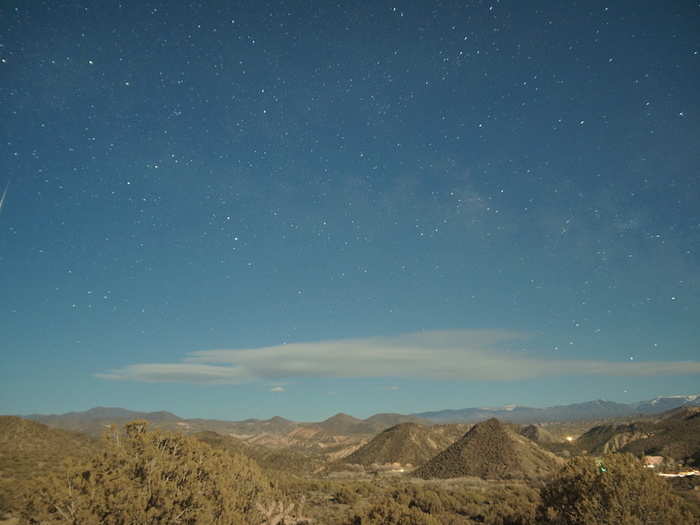
The Lyrids are active in April. During the shower's peak, about 10 to 15 meteors can be seen every hour in dark skies. But there can also be rare surges that can boost the rate up to 100 per hour. The radiant point is the star Vega in the constellation Lyra. The Lyrids are best seen from the northern hemisphere.
Source: EarthSky, American Meteor Society
The Eta Aquarids
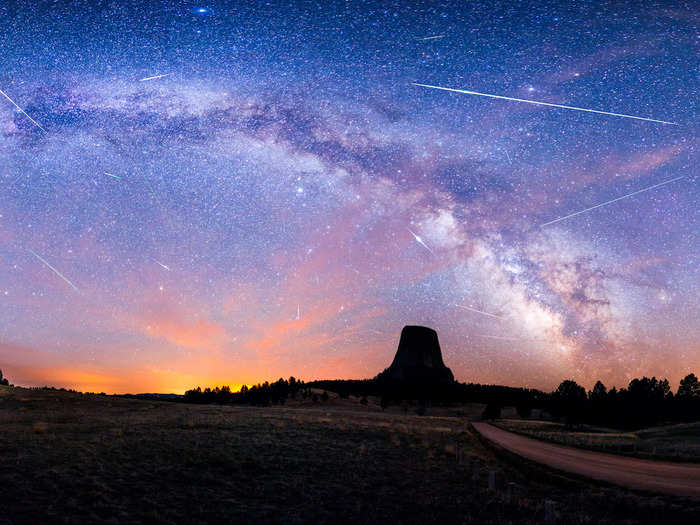
The Eta Aquarids are active from April to May. Depending on where you are, you could see anywhere from 10 to 60 meteors every hour. The radiant for this shower is the star Eta in the constellation Aquarius the Water Bearer. The Eta Aquarids are best seen from the southern hemisphere.
Source: EarthSky, American Meteor Society
The Delta Aquarids
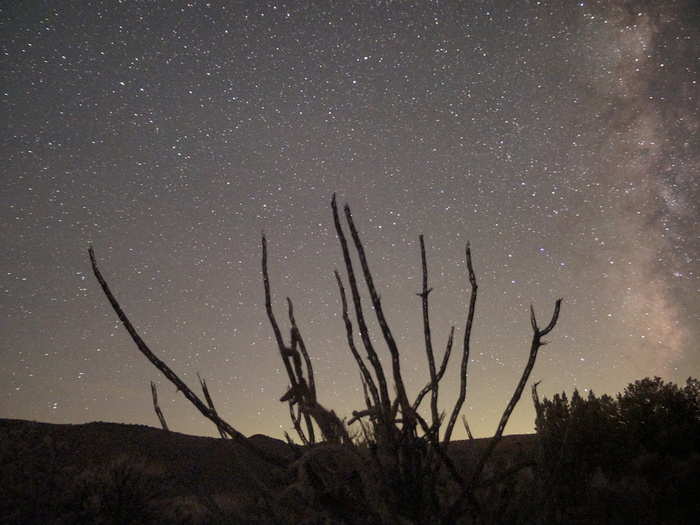
The Delta Aquarids are active from July to August. In dark skies, you might be able to see anywhere from 15 to 20 meteors every hour. The radiant point is the star Skat or Delta, also in the constellation Aquarius, the Water Bearer. This meteor shower favors the southern hemisphere.
Source: EarthSky, American Meteor Society
The Alpha Capricornids
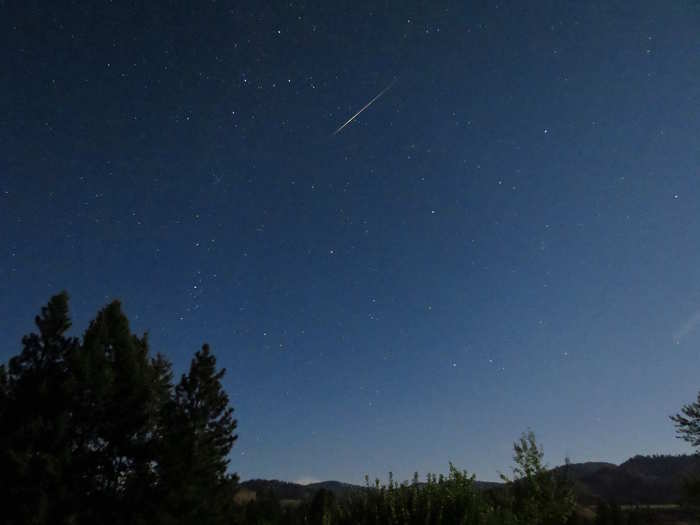
The Alpha Capricornids are active from July to August. It's one of the weaker metoer showers, rarely producing more than five meteors every hour. But this shower is wellknown for producing bright fireballs, which is when a meteor is so bright that it outshines the rest of the sky. The shower is seen in both the northern and southern hemispheres.
Source: EarthSky, American Meteor Society
The Perseids

The Perseids are active from July to August. The meteors are released from the Swift-Tuttle comet. You might be able to see anywhere from 50 to 75 meteors every hour. They seem to radiate from the constellation Perseus the Hero. These meteors are bright and fast, and often leave persistent trains, which is when the bright streak lingers in the sky. They are best seen from the northern hemisphere.
Source: EarthSky , American Meteor Society
The Orionids
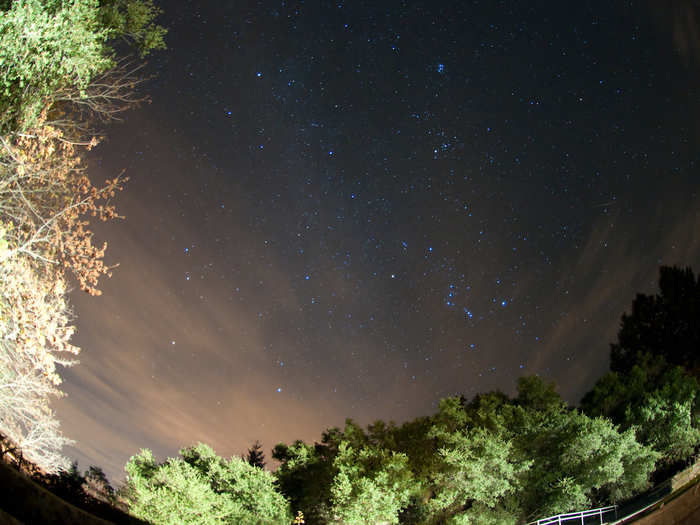
The Orionids are active from October to November. Although the Orionids usually produce only 10 to 20 meteors every hour, there have been some years when the showers rivaled the Perseids, producing 50 to 75 meteors every hour. This shower is also known to produce the occasional persistent trail or fireball. The meteors seem to radiate from the Club of the constellation Orion the Hunter, just north of the star Betelgeuse.
Source: EarthSky, American Meteor Society
The Draconids
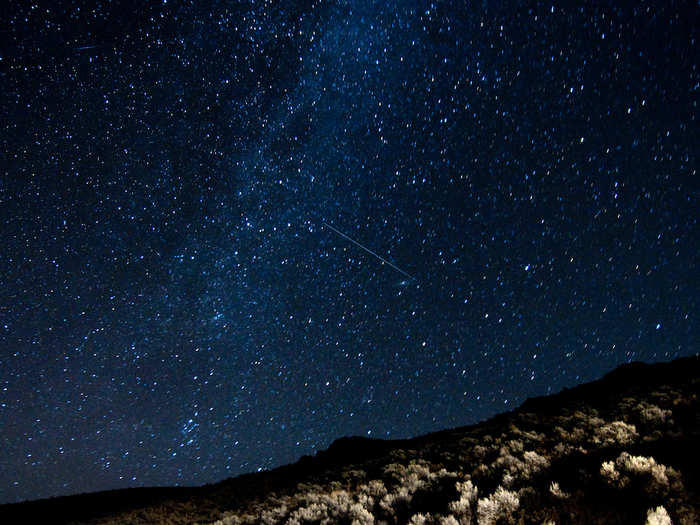
The Draconids are active in October. Although the shower is usually pretty dull, producing only a few meteors every hour, there have been times when the Draconids spit out hundreds of meteors in just an hour. The meteors seem to radiate from the head of the constellation Draco the Dragon in the northern sky. Because of this, the shower is best seen from the northern hemisphere.
Source: EarthSky, American Meteor Society
Southern Taurids
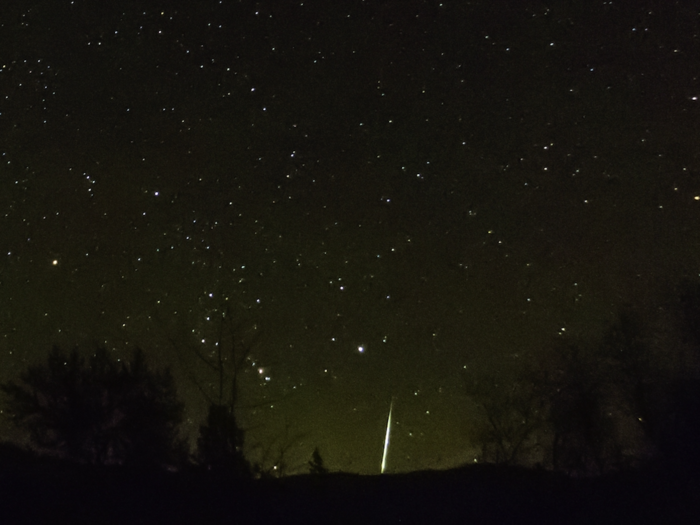
The Southern Taurids are active from September to November. Although the shower is active for more than two months, it rarely produces more than five to seven meteors per hour, even at its heght. However, this shower is known to produce a lot of fireballs. The Southern Taurids seem to radiate from the constellation Taurus the Bull.
Source: EarthSky, American Meteor Society
Northern Taurids
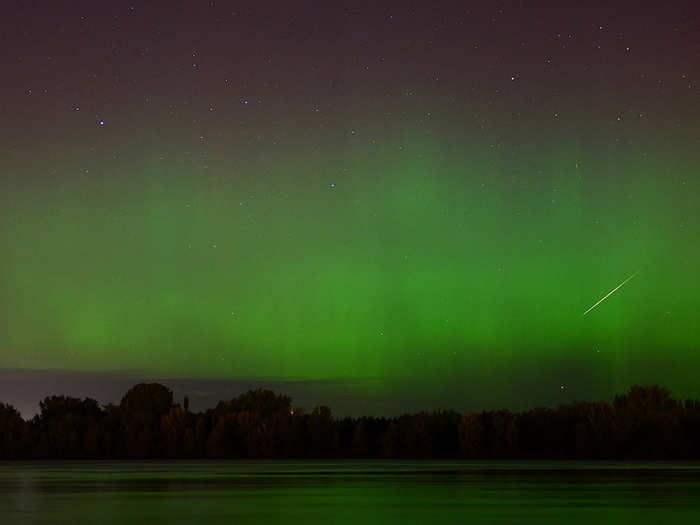
The Northern Taurids are active from October to December. The shower is very similar to the Southern Taurids, producing only a modest seven meteors per hour. The comets are often slow moving, but can be very bright, with the occasional fireball. Like the Southern Taurids, the Northern Taurids seem to radiate from the constellation Taurus the Bull.
Source: EarthSky, American Meteor Society
Leonids
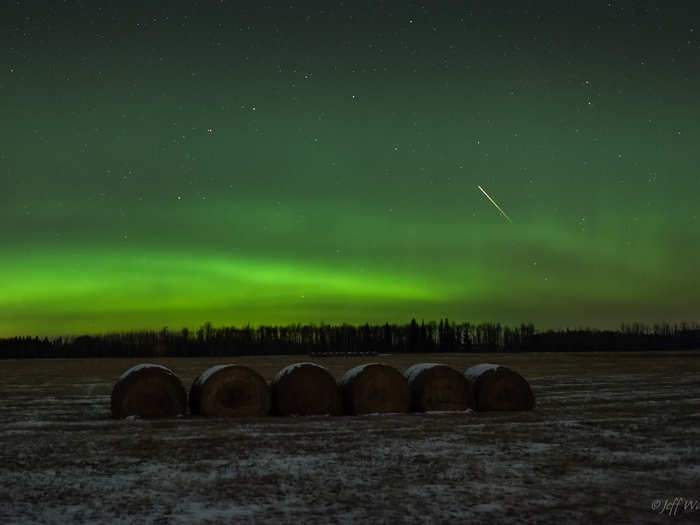
The Leonids are active in November. They come from the comet Tempel-Tuttle. Although the shower produces meteor storms every few decades, with rates of thousands of meteors per minute, on most years the shower only produces around 10 to 15 meteors every hour. The radiant point for this shower is the constellation Leo the Lion.
Source: EarthSky, American Meteor Society
The Geminids
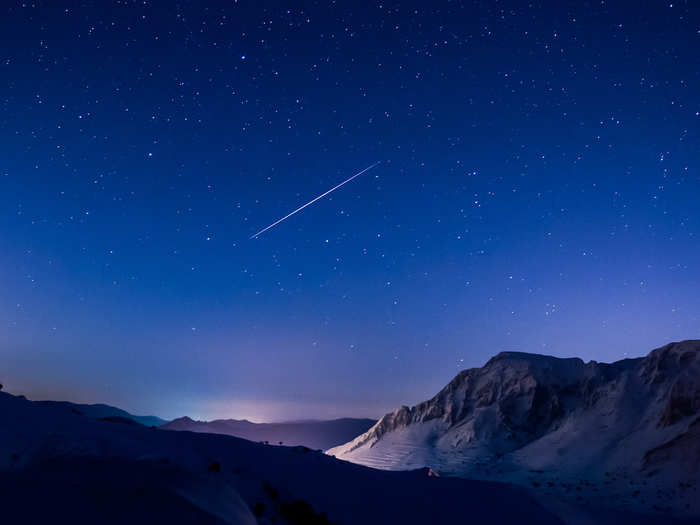
The Geminids are active in December, and are usually the strongest meteor shower of the year. The meteors, which are often white and bright, can fall as frequently as 120 per hour. The radiant point for this shower are the stars Castor and Pollux in the constellation Gemini. The Geminids are best seen from the southern hemisphere.
Source: EarthSky, American Meteor Society
The Ursids
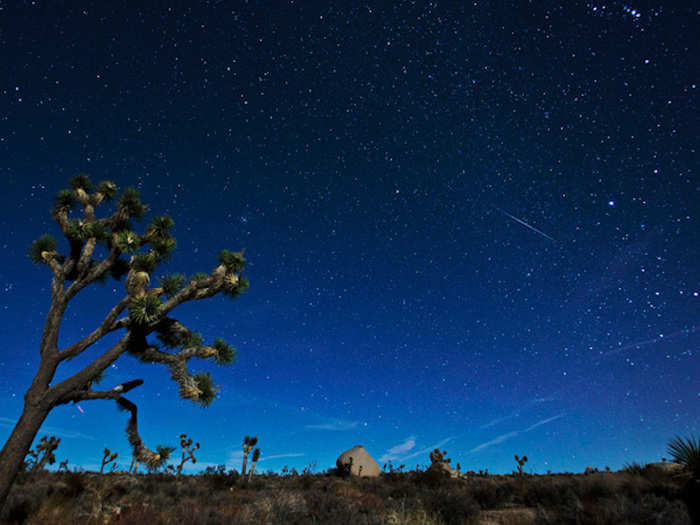
The Ursids are active in December. The meteors shoot through the sky at a rate of 10 to 15 per hour, with the occasional outburst of more than 25 every hour. The meteors come from the comet Tuttle. The shower can only be seen from the northern hemisphere. The radiant is near the Little Dipper in the constellation Ursa Minor the Lesser Bear.
Source: EarthSky, American Meteor Society
Popular Right Now
Popular Keywords
Advertisement